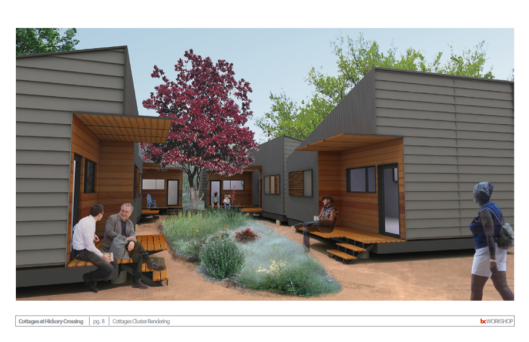I recently had a chance to participate in a celebration of collaborative success in Lane County at the Lane County Council of Government’s Annual Appreciation Dinner. It was an honor to be a part of their celebration, and they asked me to talk about issues related to the upcoming decennial census, Census 2020. I was happy to do so, because here at the Institute of Portland Metropolitan Studies and the Population Research Center, we care a lot about the decennial census.
We care about the census, in part, because it provides us the best baseline number for our population forecasts and estimates. But we also care because it is a basic tool of our democracy. The census was embedded in Article 1, Section 2 of the constitution to mandate that we count everyone. This mandate flows from our history of rejecting British colonialism and rejecting what at the time was our lack of self determination.
There is a lot at stake.
Oregon might gain a new representative in Congress: another vote for Oregonian values. That seems reason enough to work hard to get this right.
But there are many other reasons.
We use the census to take the long view of our history as a nation. We use it to envision and plan for the future, and to direct billions of dollars in state and federal spending. And the Census forms the basis for the much of the work that we do calculating population estimates and forecasts and developing demographic profiles of our communities.
So we need an accurate census.
But we are moving into Census 2020 with some serious challenges to meeting our constitutional ideals for a complete count. My colleague, Jason Jurjevich has collected information about some of these challenges and developed a Census 2020 web site for tracking important information and resources to help communities ensure that they get as complete a count as possible.
How can local governments help? Communities across Oregon have already done a lot by participating in the Census Bureau’s LUCA, or Local Update of Census Addresses. This is a great start. They can also form Complete Count Committees to organize volunteers that will help raise awareness of the Census 2020 and contribute to a complete count.
Contact the Population Research Center for additional information and resources regarding Census 2020 or any other data released by the Census Bureau. Our job is to help you use and understand Census data and to provide a link between the Census Bureau in Washington DC and data users in the state of Oregon.
This matters a lot; lets get it right.


